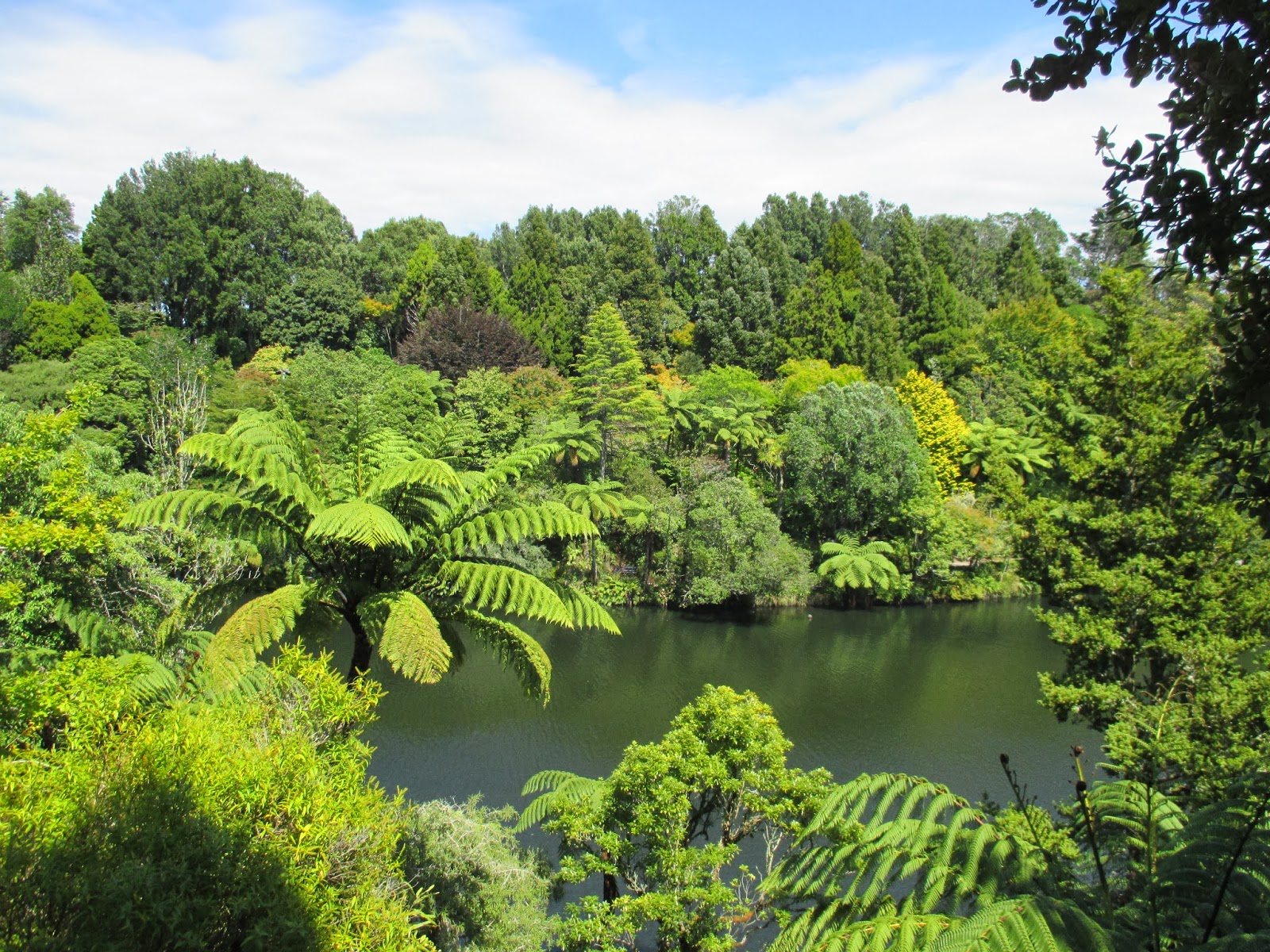Eventually we reached Kaikoura and checked into our campsite after a picnic lunch and more seal and sea bird watching!
There was a good reason to detour here...it has the reputation of being the best place to go whale watching in New Zealand. It is ringed by mountains (The Seaward Kaikoura range) and this makes it a very scenic location although the mist was down when we arrived covering the mountain tops. The ocean floor drops steeply to great depths just off the coast providing a wonderful environment for marine life and a perfect feeding ground for adult male sperm whales.
Measuring (on average) 16 meters sperm whales are the largest toothed whale in existence and the largest predator on earth. Their main diet is giant squid but they also hunt and eat smaller sharks. The males feed in the cooler ocean currents off Kaikoura bulking up so they can impress the ladies as it were....I can hear some of you saying typical male behaviour!
My whale watching tour was booked for the following day. It rained overnight and was drizzling in the morning so my hopes of actually seeing anything out at sea were not high. Fortunately by the time I checked in to board the boat the sun was about to come out and it was getting very warm.
The company providing the tour don't guarantee any whale sightings for a good reason. Sperm whales dive to around 300-500 metres (sometimes deeper) and spend up to an hour feeding. They then surface for between 5-10 minutes to take in oxygen and digest their food. Spotting a whale involves some skill, good eye sight and a bit of luck. Our fast powered small boat had a hydrophone to listen for their sounds. I saw 4 sperm whales over the course of 2 hours and to get so close to such magnificent creatures was quite simply wonderful. To see them dive, with their massive tail flukes rising vertically into the air was just breathtaking.
 |
| There he blows.... |
 |
Dive, dive, dive...... |
During our trip we'd spotted various species of albatross but not the largest one...the Royal Albatross. With a wingspan of 3 meters and flying/gliding speeds of around 40 mph this bird is another giant of its kind. As we were headed back travelling at a fair speed our guide spotted one off the starboard bow. We picked up speed to try and track it,which we did, with difficultly) for about 5 minutes before it gracefully soared away disappearing into the distance. For the umpteenth time that day my breath had been taken away.
 |
| Royal Albatross in flight |
I returned to Kaikoura very happy..and celebrated my good fortune in the pub..where it was happy hour. A perfect day ended eating blue cod and chips from a chippie that had been voted the best on the South Island for 2014. Fine dining at its best!















































